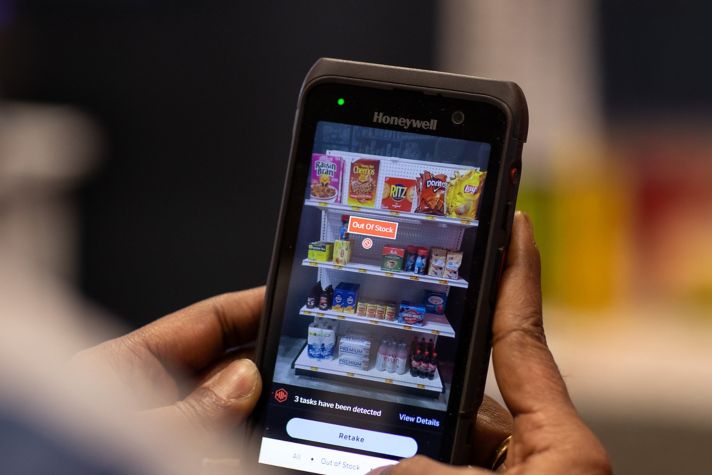In the past decade, more than 600 people in the U.S. have been injured in pipeline gas leak incidents.1 A new major gas leak is reported to the U.S. government, on average, every 40 hours.2 Leaks and inefficient equipment in wastewater treatment can lead to significant greenhouse gas (GHG) emissions—actual U.S. wastewater treatment facility methane emissions are estimated to be nearly two times higher than estimates using existing guidelines from the Intergovernmental Panel on Climate Change (IPCC) and U.S. Environmental Protection Agency (EPA).3
These are just a few of the statistics making headlines today when it comes to gas leaks and emissions. It is imperative from both an environmental standpoint and a safety standpoint to ensure our infrastructure across oil and gas, wastewater treatment and other utilities is operating efficiently and without dangerous leaks.
Where can leaks happen?
According to the EPA, the average refinery or chemical plant can emit 600-700 tons of volatile organic compounds (VOCs) per year from leaking equipment. This can include valves, connectors, pumps, compressors, pressure-relief devices and more. Studies have shown that valves and connectors account for more than 90% of emissions from leaking equipment.4 Leaks from valves often occur at the stem of the valve body and can be caused by valve packing or O-ring failure. Leaks from connectors are frequently caused by gasket malfunction or bolts on flanges that have been improperly torqued.5
Exposure to toxic or flammable gasses can often occur in confined spaces like wells, manholes, tunnels, underground utility vaults or sewers.6 Buildup of combustible gases like methane in a confined space can lead to a fire or explosion.
Technology to help keep workers and facilities safe
Gas detection technology is vital to understand whether there are unsafe levels of toxic or flammable gasses in the air where workers or working, or even too low (or too high) levels of oxygen. A large industrial facility will have a fleet of portable gas detectors that will need to travel to the far corners of the plant and go wherever its workers are needed.
Many of today’s facilities have found that it’s not enough just to know on an individual basis whether a particular area is safe to enter at a particular point in time—they want to have a comprehensive understanding of their entire facility and be able to track atmospheric hazards in real time, from flammable gases and hydrocarbons to chemical threats like hydrogen sulfide and sulfur dioxide. This allows safety managers and industrial hygienists to make informed decisions quickly, take action and report on critical safety and device-related data to relevant stakeholders.
The gas detection ecosystem and benefits of enhanced connectivity
There is a better way for an oil and gas facility, fire and hazmat team, or power generation plant to gather information from their gas detection devices. Using a Honeywell Central Hub wireless gateway solution, they can collect data from their fleet of gas detectors and report it in real-time to Honeywell Safety Suite software. Unlike prior technology, the Central Hub uses a Long-Range Low-Power (LoRa) radio, which reaches further than other wireless methods, while at the same time consuming relatively little power. The extended range of up to 900 meters (984 yards) allows large facilities to more easily track their devices.
Central Hub gives companies more flexibility in how they structure their network: a wired PC is not needed, and more connectivity options are provided—Ethernet, Wi-Fi or Cellular. First responder and hazmat teams can take advantage of an on-the-go network, requiring only power from their vehicles (and not an integrated hotspot).
Viewing gas detection data in real-time through Honeywell Safety Suite software, managers have visibility into the number of workers in an at-risk area, how many device alarms have been reported or how many detectors are offline. Plume modeling allows them to see the estimated reach of a gas leak, and multi-site data analysis and dashboards enable them to see safety trends across locations. The software also helps automate maintenance tasks so facilities can stay compliant with relevant regulations.
This connected ecosystem of gas detection capabilities not only helps enhance safety but also makes operations more productive and efficient. To learn more about our latest gas detection solutions, from award-winning fixed gas detectors to far-reaching connectivity gateway devices, contact Honeywell’s team of experts today.






